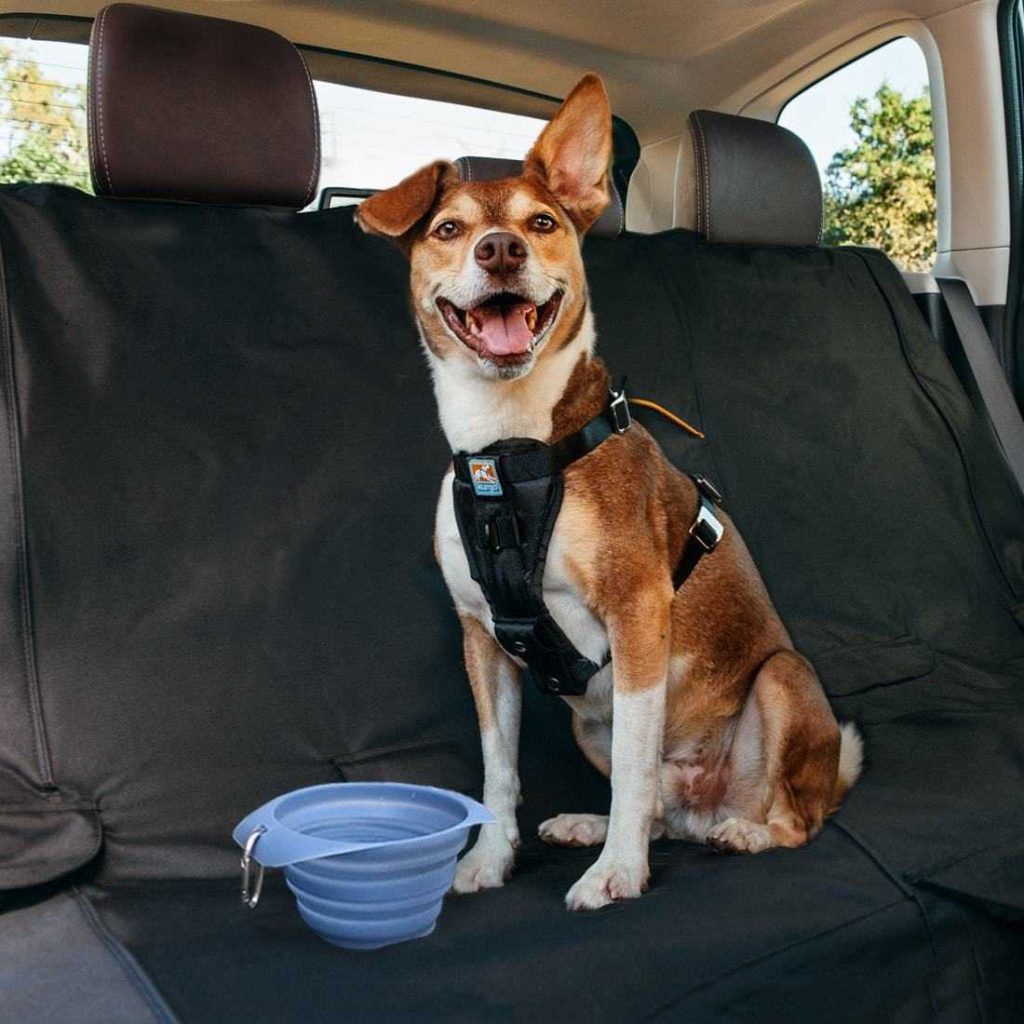Car travel is an important part of life for many dogs as it enables them to explore new and exciting places. But it can also lead to them visiting the vet – which might not be quite so much fun! It’s important to make sure dogs are always safe and feel confident when travelling in the car, regardless of where they might be going.

Si vous avez trouvé cette page utile, veuillez considérer laisser un petit don pour nous aider à créer des conseils plus utiles.
Vous pouvez également inscrivez-vous à notre newsletter gratuite pour plus de trucs et astuces et pour vous tenir au courant de notre travail.
info
spadumaroc.com
© 2000-2025 La Société Protectrice des Animaux du Maroc/SPA du Maroc.
Tous droits réservés.
La SPA du Maroc vient en aide aux animaux dans tout le pays.
La Société Protectrice des Animaux du Maroc est une organisation à but non lucratif.
Organisme de bienfaisance enregistré nº. 1490/2021.
Transparence dans la couverture.
| Biscuit | Durée | Description |
|---|---|---|
| cookielawinfo-checkbox-analytics | 11 mois | This cookie is set by GDPR Cookie Consent plugin. The cookie is used to store the user consent for the cookies in the category "Analytics". |
| cookielawinfo-checkbox-fonctionnel | 11 mois | The cookie is set by GDPR cookie consent to record the user consent for the cookies in the category "Functional". |
| cookielawinfo-case à cocher-nécessaire | 11 mois | This cookie is set by GDPR Cookie Consent plugin. The cookies is used to store the user consent for the cookies in the category "Necessary". |
| cookielawinfo-checkbox-autres | 11 mois | This cookie is set by GDPR Cookie Consent plugin. The cookie is used to store the user consent for the cookies in the category "Other. |
| cookielawinfo-checkbox-performance | 11 mois | This cookie is set by GDPR Cookie Consent plugin. The cookie is used to store the user consent for the cookies in the category "Performance". |
| visualisé_cookie_policy | 11 mois | Le cookie est défini par le plugin GDPR Cookie Consent et est utilisé pour stocker si l'utilisateur a consenti ou non à l'utilisation de cookies. Il ne stocke aucune donnée personnelle. |